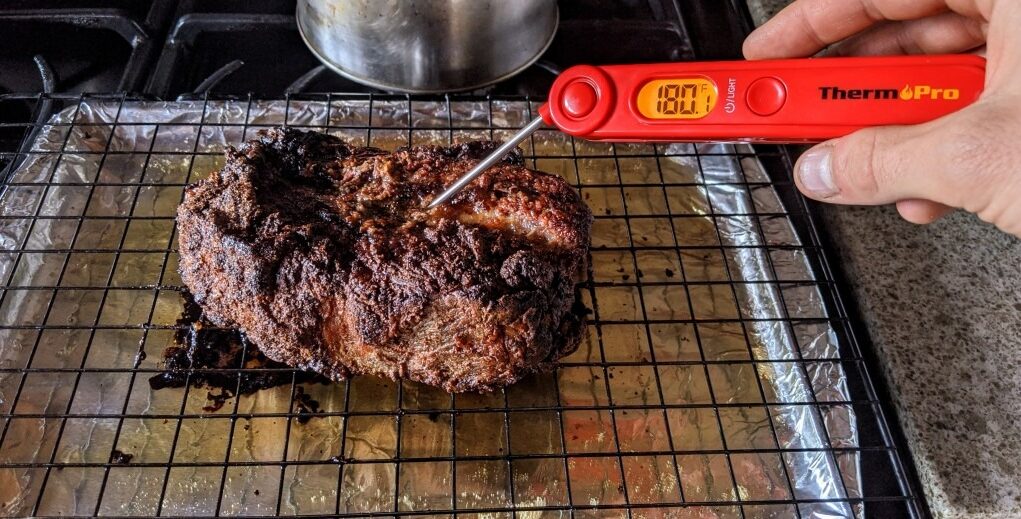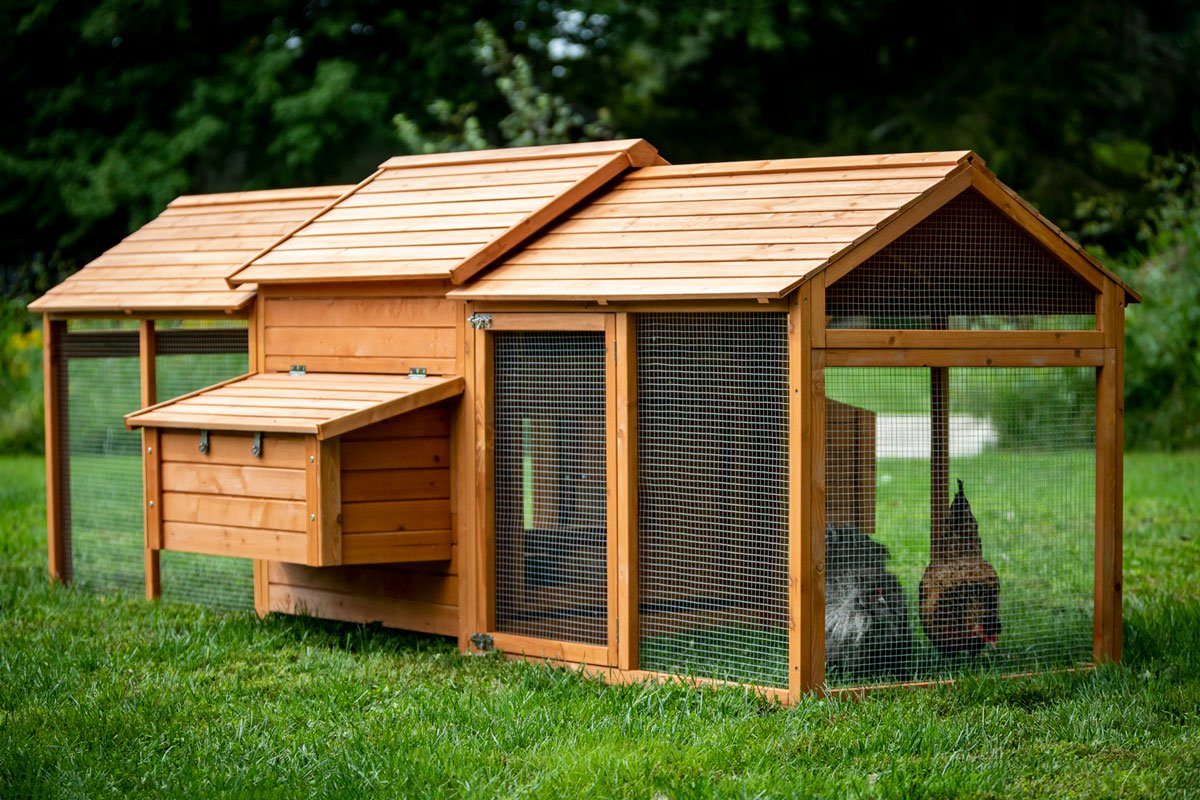Understanding how vital a meat thermometer is in achieving the perfect chicken dish, it can be quite disheartening when it gets wet and stops working properly. In this in-depth guide, we will show you how to get water out of a meat thermometer using different approved and effective techniques. It’s here, the big and delighted tips for all chicken lovers to maintain their kitchen tools!

Why Its Important to Keep Your Meat Thermometer Dry
Ensuring that your meat thermometer remains dry is crucial for several reasons. Moisture can disrupt the functionality of the electronic components, leading to inaccurate temperature readings. If you’re aiming for perfectly cooked chicken, an accurate thermometer is indispensable.
Common Causes of Water Infiltration
Before diving into the methods of removing water, its crucial to understand how water gets into your device. Some of the common causes include:
- Incomplete sealing or broken seals.
- Accidental submersion in water.
- Steam from hot dishes.
:max_bytes(150000):strip_icc()/faw-meat-thermometers-test-thermoworks-chefalarm-rkilgore-19-f1a0c722c7b64683814f4c76104c449c.jpeg)
Immediate Steps to Take When Water Gets Inside
If water has seeped into your thermometer, the immediate actions you take can help prevent further damage.
Step 1: Turn Off the Thermometer
Immediately turn off the thermometer to prevent short-circuiting. Removing the batteries can also be a proactive step.
Step 2: Shake Out Water
Gently shake the thermometer to expel as much water as possible. Avoid using excessive force which could damage internal components.

Methods to Remove Water from a Meat Thermometer
Once you have taken the immediate steps, the next phase is to thoroughly remove the moisture from the device. Here are some approved methods:
Method 1: Use a Desiccant Packet
Desiccant packets are excellent for absorbing moisture. Place your thermometer in a bag with several desiccant packets and leave it for 24 hours.
Method 2: Rice Method
Another popular method is using uncooked rice. Bury the thermometer in a bowl of rice and leave it there for at least 24 hours. The rice will draw out the moisture.
Method 3: Silica Gel
Silica gel packets can be more effective than rice. Place the thermometer in a container with silica gel packets for 24 to 48 hours.
Method 4: Using a Hairdryer
A handheld hairdryer can be used to dry out your thermometer. Ensure that it is on a low heat setting to avoid damaging the device.
Preventing Future Water Damage
Prevention is always better than cure. Here are some measures to prevent water from entering your meat thermometer in the future:
Proper Storage
Store your thermometer in its case or in a dry place to minimize exposure to moisture.
Seal Any Gaps
If you notice any gaps or broken seals, repair them promptly using silicone or other appropriate sealing materials.
Regular Maintenance
Regularly inspect your thermometer for any signs of wear and tear. Immediate repairs can prevent water from getting inside.
What to Do If Your Thermometer Stops Working?
If after all these methods your thermometer still refuses to work, you might have to consider replacing it. However, some troubleshooting techniques can be tried:
Check the Battery
A dead battery could be the culprit. Replace with new batteries and see if the thermometer powers up.
Reset the Thermometer
Some thermometers come with a reset function. Refer to your user manual for reset instructions.
Conclusion
Keeping your meat thermometer dry is essential for ensuring accurate temperature readings and the perfect chicken dish every time. By following these approved techniques, you can effectively get water out of your meat thermometer and keep it working in optimal condition. Happy cooking!
Faq Section
Can I submerge my meat thermometer in water?
Most meat thermometers are not waterproof. It is best to avoid submerging them in water to prevent damage.
What can I do to ensure my meat thermometer lasts longer?
Proper maintenance, such as storing it in a dry place and sealing any gaps, can extend the lifespan of your thermometer.
Is using a hairdryer safe for drying out my thermometer?
Yes, using a hairdryer on a low setting is generally safe, but always ensure you are cautious to not overheat and damage the device.
For more tips on kitchen maintenance, visit How to properly use a meat thermometer.
Check out related articles: Microwave Rotisserie, Griddle Cooking, and Season Cast Iron
As an Amazon Associate, I earn from qualifying purchases.









